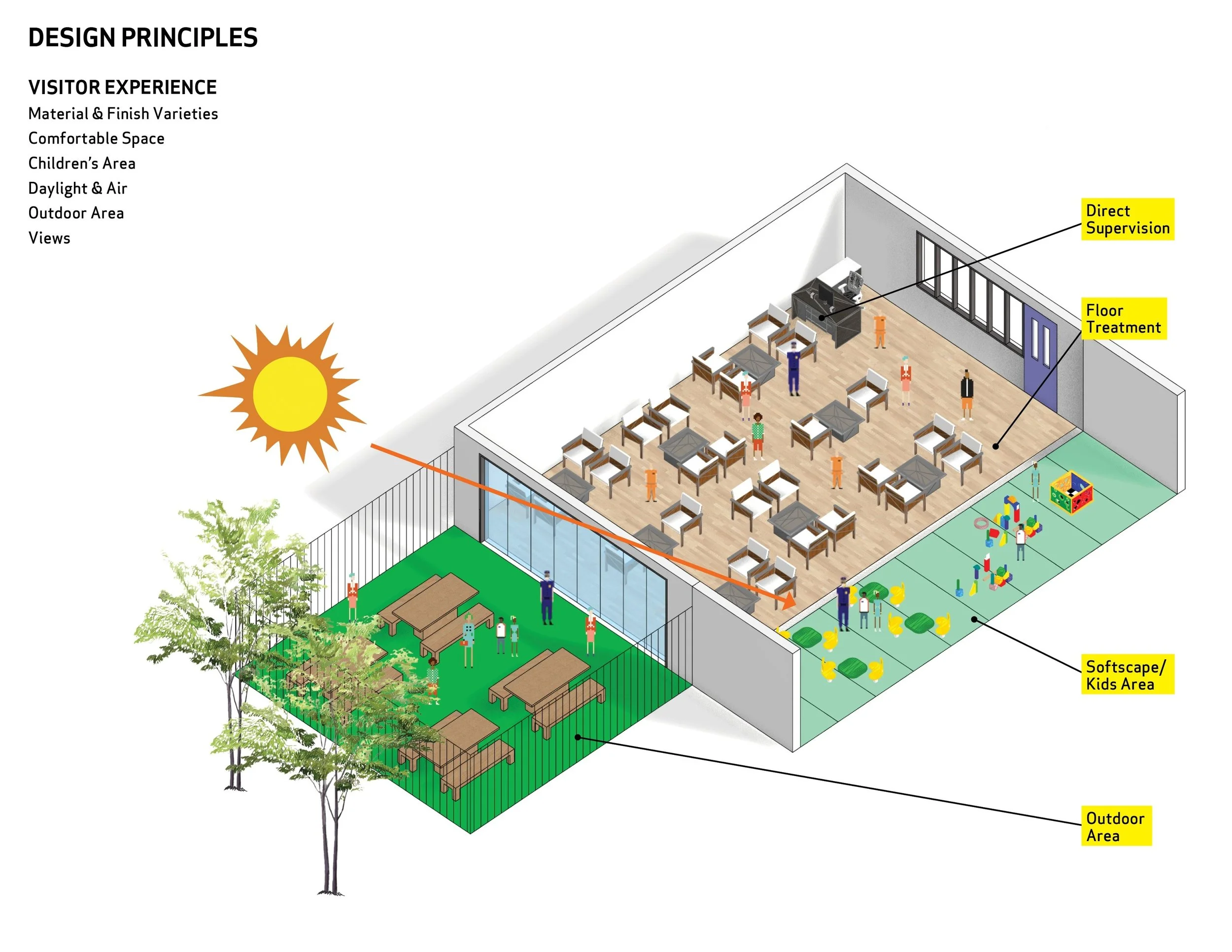Affordable Housing and Economic Physics
By Christopher Townley
The most effective method of curing any illness is to determine its cause, then mitigate that cause, through appropriate action. However, some attempt cures by treating symptoms. For example, if a liver ailment resulted in a skin rash, one might seek treatment of the skin by a dermatologist, which would not restore liver health. Time and again, we have determined the lack of affordable housing to be an economic illness. But before we can mitigate it in any substantive way, we must learn its underlying cause. To that end, let’s look at the problem through the lens of economic physics starting with classical economics.
Baruch Houses on Lower East Side, NY (Photo credit: Alexander Rabb)
According to classical economic theory, there are three things necessary to produce wealth. They are land, labor and capital. We apply our labor to land to produce wealth. If we produce more wealth than we consume, we can acquire capital. Land is defined as the earth’s surface, all resources in their natural unrefined state and anything in the material universe except for people and what they have produced. Labor can be mental, physical or otherwise. Capital is wealth used to produce more wealth, so a carpenter’s tools are capital, yet remain wealth to the person who does not use them to produce wealth. Land, labor and capital are called the elements or factors of production. We distribute wealth among the elements that produce it; so land earns rent; labor earns wages; capital earns interest. Using this formula we can see that when we rent an apartment, what we pay is actually part rent and part interest, because land earns rent and capital earns interest, and the buildings are capital, being wealth used to produce more wealth for the building owner. This may appear as semantics, but we must focus on rent to fully analyze affordable housing.
The law of rent (c. 1809) states that rent is determined by the difference in productivity between any land site and the least productive land site in use, the difference in productivity between the two sites is rent. As land productivity increases, so does its rent. Things that affect land productivity include locational advantages. Herein we are concerned with human-made locational advantages, such as proximity to public improvements, streets, parks, train stations, even population centers, which themselves provide a market for goods and services. These locational advantages result from community cooperation.
De Hostos Apartments in Upper West Side, NY (Photo credit: Alexander Rabb)
Community cooperation also makes things easier and less expensive, because it takes less effort to produce wealth by cooperation than by individual efforts. According to French economic intellectual Francois Quesnay (b. 1694), a social organism or community into which people are integrated creates an economic benefit, or fund. This fund naturally provides for the needs of that community, such as funding of streets, schools, hospitals, etc. and is what we call economic rent, land rent or simply rent. It is that part of wealth apportioned to the use of land within a community. An important point is that as land becomes more productive and rent increases, wages fall in proportion, even if they increase as an amount. These falling wages might not be so much of a problem, because cooperation has made things less expensive and easier, and the needs of the community are funded by the land rent. However, most often an entity claims ownership of the land within a community and the rent is privatized. Once the rent is extracted, wages are further reduced because the community still has needs as a natural unit, and those needs are no longer funded by the land rent, resulting in a tax on wages (income tax) to pay for those needs. Or, perhaps those needs are not funded at all, resulting in their neglect, such as the lack of funding of schools, hospitals, parks, streets, deferred maintenance of infrastructure, etc. This may cause ailments to the community, such as poverty, crime, and, of course, housing that is unaffordable. As land rent is extracted, the wealth and capital of the community and its members are diminished, making it difficult or even impossible for many people to acquire capital, keeping them in low wage employment, making housing even less affordable. The wealth and capital earned by the community is extracted from the community, and is enjoyed as unearned income by some other entity.
Ebenezer Howard wrote about these economic ramifications when planning the garden city. He would purchase 6,000 acres of agricultural land onto which he would build a town-country. Funding to pay the loan for the land and for municipal services would come from increased land rent resulting from increased land productivity.
CASE STUDY: Community Land Trust (CLT).
Burlington, Vermont.
c. 1989, Mayor Peter Clavalle recognized the usual scenario: Significant federal investment had been made in affordable housing initiatives over the previous decades. Those efforts had short-term results, benefitting investors, developers, landlords and first time home buyers. He recognized that a CLT takes the profit motive out of housing initiatives, keeping the benefit of value created by the community, within it and keeping housing affordable. The source of seed money for the Burlington CLT was partially provided by the Burlington municipal workers pension fund. The CLT has resulted in long-term solutions that include a variety of affordable housing typologies, including single room occupancy, rental apartments, co-ops, condominiums, single-family houses and residences for low-income artists. The Burlington CLT has expanded to include community development initiatives, such as the building of a park, redeveloping brownfields, and the development of community facilities, a food pantry and a homeless shelter.
In the initiatives of the Burlington CLT, the individuals own building spaces, the CLT owns the Land; the owners of those spaces pay land rent. The Burlington CLT is the 2nd largest owner of Land in Burlington, and expanding. This CLT demonstrates how successful affordability can be without the need for chronic subsidies borne by the middle class taxpayer.
Queensbridge Houses, NY (Photo credit: Nick Normal)
The affordable housing remedy being considered in New York is, unfortunately, simply a revamp of the expired 421a affordable housing program, which includes a 40-year tax abatement and inclusionary housing, which permits an increase above the legal building size, making land more productive, yielding an artificially induced higher price to the land owner-seller, who also enjoys the 40-year tax abatement.
Should the symptomatic treatment of the 421a program get passed, two things will occur:
The Real Estate Board of New York (REBNY) members will be the ones who stand to benefit to the detriment of the middle class taxpayer.
Increased land speculation shall again result in over lending, contributing to the next major economic crisis, which will occur on or about 2026.
In light of the foregoing, there are numerous strategies that we must advocate for and leverage to provide affordable housing that is sustainable and just. They include:
Increase the Land tax portion of real estate taxes up to the value of the land rent,
Increase the allowable number of dwelling units of buildings and add a retail component to large affordable housing projects, and utilize the additional rent to pay for real estate taxes and create a fund for other subsidies.
Reinstitute Single Room Occupancy (SRO) dwelling units
Form Community Land Trusts.






